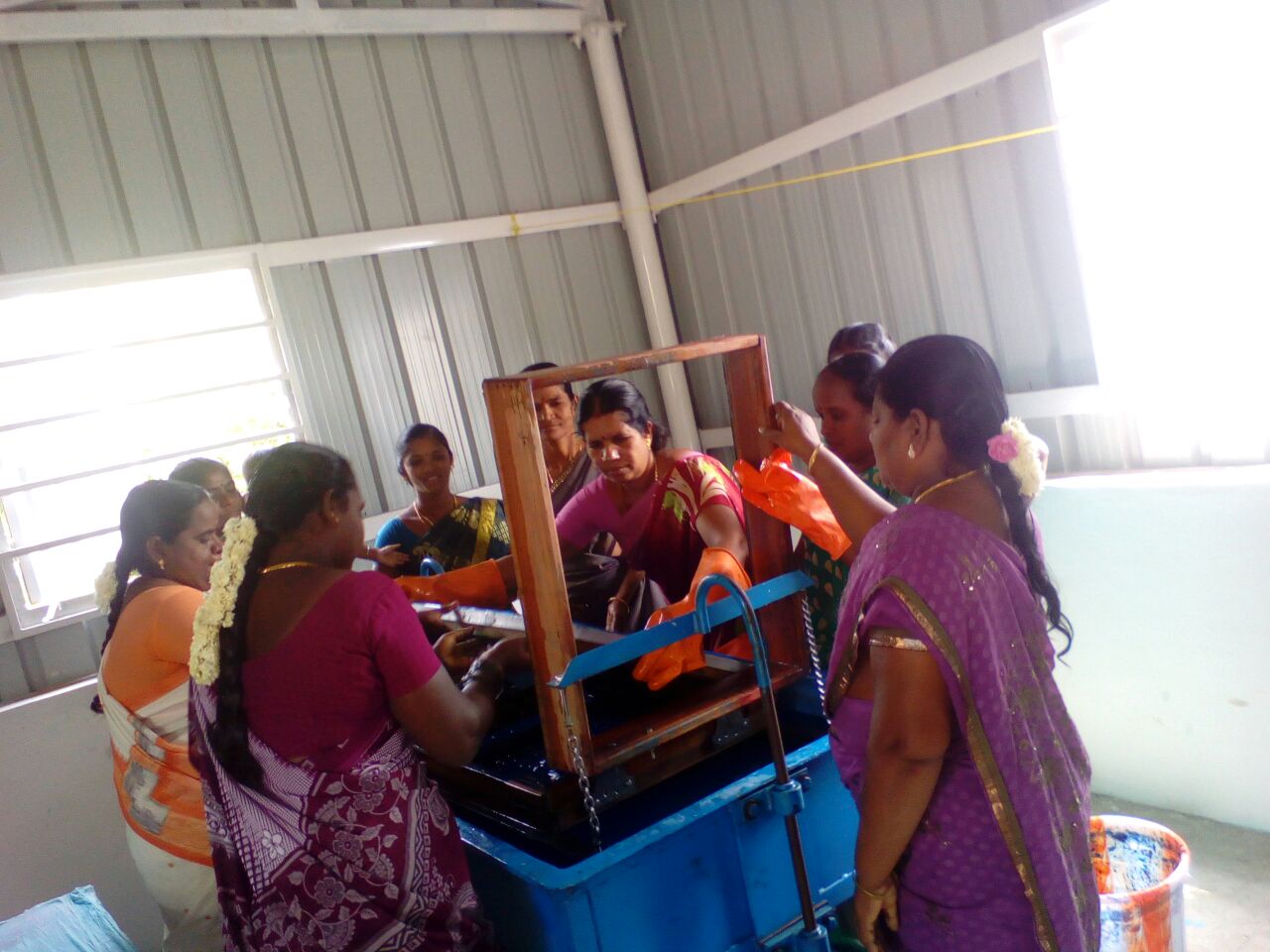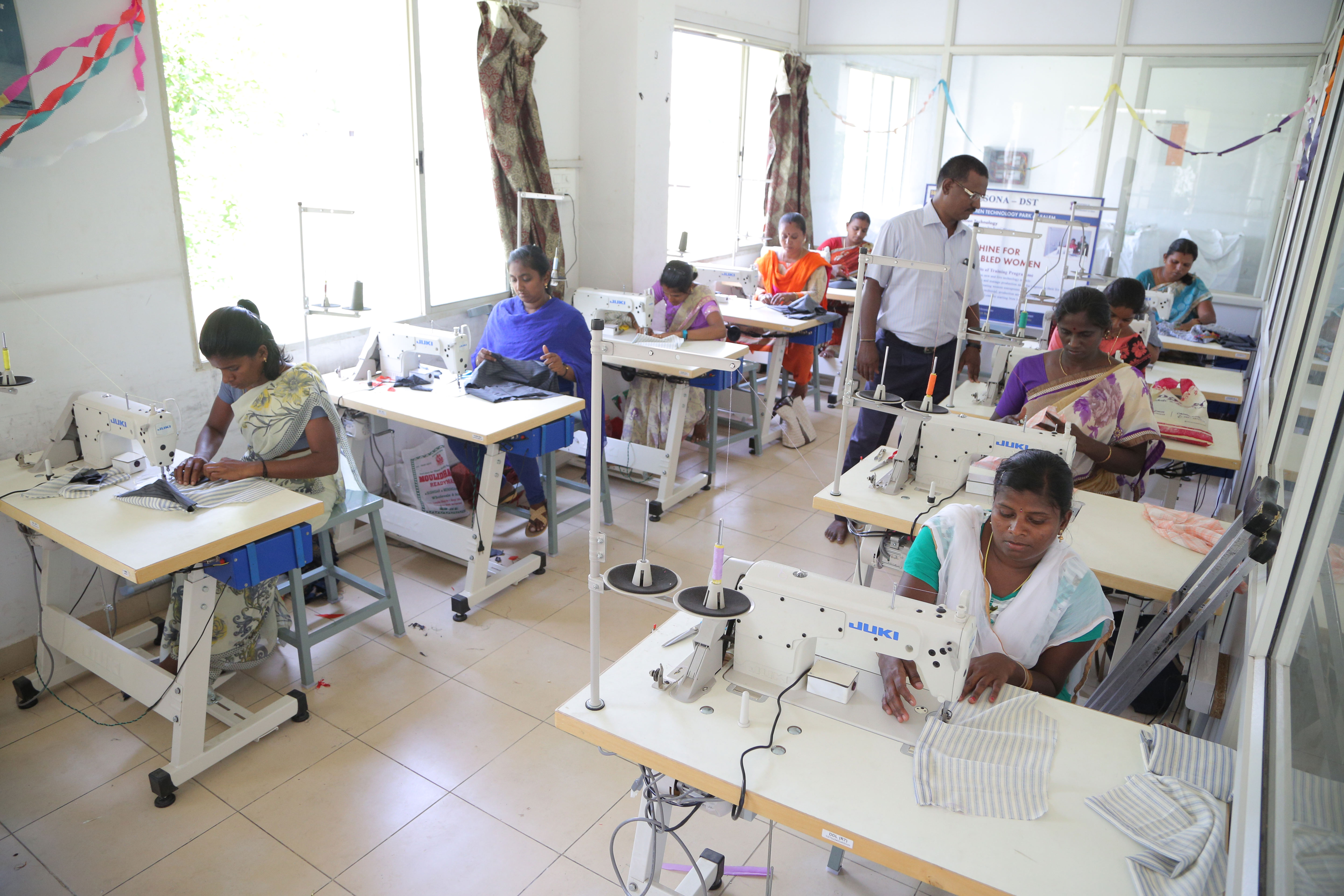

How Sona College’s pulse-plating technology for silver polishing has rekindled dreams of women artisans in rural Salem

As the data poured in, the faculty at Sona College of Technology were amazed – around 1,50,000 people from 168 villages are involved in the making of silver anklets in Salem district. They saw an immense opportunity to contribute to the bustling small-scale industry – something that would help artisans create finer products in a cost-efficient manner.
The intricacies of the designs from the region make Salem silver anklets popular and have even led the manufacturers to demand a Geographical Indication (GI) tag for them. One of the steps involved is silver polishing. While the majority of the silver plating is done using a DC or direct current technology, it has few drawbacks – such as, production of silver sulphide in the process, formation of cracks, and uneven thickness.
The team at Sona College came up with an alternate solution – ‘pulse plating’ technology. Using pulse plating, instead of DC plating, the workers could minimise contact with chemicals which may otherwise cause chronic breathing problems, lung irritation and stomach pains. The results were visibly better, with the pulse-plated silver anklets having lower porosity and a better finished product.
The team of four, led by K. R. Kavitha, Professor, Electronics & Communication Engineering, then under the Women Technology Park project, set out to select women from rural Salem who could be trained in the new technology. With the participants eager to learn the new technology, the team successfully trained 80 women on the end-to-end process, which included – preparing electrolyte solutions, operating the pulse power supply, and also using the micro hardness and the salt testers. The women were also trained to pre-process the silver anklets and to perform the electro-cleaning.
With the pulse plating method using as much as 4-5 kg less silver for 1,200 kgs than the DC process, it is estimated that the artisans and their families can save as much as Rs 1,70,000 annually using the new, improved technology.
The new process has helped these 80 women produce silver anklets by being able to regularise the cycles, reduce their exposure to silver sulphide, ensure better quality in terms of hardness and less metal usage.
The pulse plating technology can be further used to easily coat other complex shapes using other metals, such as silverware. Today, the training has opened opportunities for higher earnings as also enhancing quality of life and could lead them to entrepreneurship.
*The project, initiated with a grant under the Technology Development Programme of the Department of Science & Technology, Government of India in 2017, was recognised as one of the successful projects in 2022. It operated under the Women Technology Park initiative of Sona College of Technology.
.jpg)
Turning Steel Waste to Paver Blocks Gives Rural Women Entrepreneurial Edge
.jpg)
Solar-Powered Food Dryer Brings New Ray of Hope for Farmers in Rural Salem

Differently-Abled Women Earn Respect and Living by Using Custom Sewing Machine
.jpg)
When Waste Paper Created Wealth and Inspired Entrepreneurship in Women